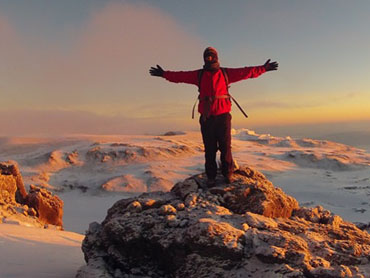- Email: info@billiahsafaris.com
Best Time to Visit Kilimanjaro
Choosing the Best Time to Visit Kilimanjaro, Africa's highest peak, is crucial for a successful and enjoyable climbing experience. The mountain's climate varies significantly due to its diverse ecological zones, and understanding these seasonal changes will help you plan your expedition wisely.

The two primary climbing seasons on Mount Kilimanjaro are the dry seasons: January to mid-March and June to October. These periods provide the most favourable conditions for a successful summit attempt. The skies are generally clear, and there's less precipitation, making for excellent visibility and manageable hiking conditions. The temperatures are relatively stable, though they become colder as you ascend.
The January to mid-March window is considered a great time to climb as it falls between the short and long rainy seasons. The mountain is usually less crowded during this time, offering a more tranquil experience. The June to October period is also popular, with comfortable temperatures and clear views. This period aligns with the summer holidays for many travellers, so it's advisable to book accommodations and permits well in advance.
The long rainy season, occurring from mid-March to late May, and the short rainy season in November are not recommended for climbing due to heavy rainfall and decreased visibility. The trails become slippery and more challenging to navigate, increasing the risk of accidents.
It's important to note that weather conditions on Mount Kilimanjaro can be unpredictable, and temperatures can drop significantly, especially at higher altitudes. Proper gear and clothing are essential to ensure your safety and comfort.
Ultimately, the Best Time to Visit Kilimanjaro depends on your preferences, schedule, and tolerance for cooler temperatures. Regardless of the season, thorough preparation, physical training, and choosing a reputable tour operator like Billiah Safaris & Tours are key to a successful and enjoyable climb.
Let's customize
Your Trip
Our best price promises
- Our size and trusted relationships with Africa’s top operators give us access to the best possible rates.

24*7 Support in Safari
- Book with us for round-the-clock support and local expertise across time zones, starting from our first conversation.











